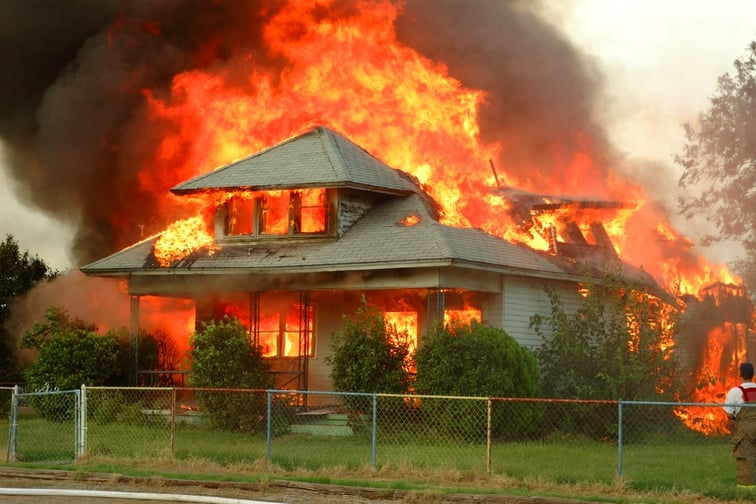

Remote working and education have become the new normal, and while Canadians have been getting used to spending more time at home during the pandemic, there has been an increase in property damage and bodily injury claims.
Ontario’s fire marshal Jon Pegg has pleaded with residents to do more to prevent fires in their homes as the province has already lost 17 people so far this year.
What can the insurance industry do to help?
P&C brokers need to be communicating as many risk mitigation strategies as possible to help homeowners avoid easily preventable losses that have been apparent over the past few months.
To protect residents, Lee Powell, vice president and executive general adjuster for Sedgwick in Canada, offered a list of what brokers should be keeping top of mind:
In order to have the questions above answered comprehensively, Powell said it’s important for brokers to have frequent touchpoints with clients to allow for a better understanding of their current needs.
“A homeowner may have an addition to the family, or have another property they go to, creating vacant risks,” he said.
Powell also noted that some of the biggest questions brokers should be asking homeowners are:
Powell also mentioned some key risk mitigation strategies to offer clients include having a detailed inventory of contents and a fire-proof safe for valuables, and storing financial, medical, and personal records to the cloud. Furthermore, homeowners should conduct annual maintenance of heating equipment or fireplaces, and properly storing fuels in containers outside the house.
In the event of a claim, brokers should re-evaluate the values of a property and its contents as clients may take the opportunity to upgrade during the claim process to increase the value of a property.
“Drones and satellite imagery have allowed for almost immediate access to view large areas of damage to assist in the claims process,” he said. “These images and the use of virtual tools can also allow an insured to use their phone to visually assess areas of damage.”
“Reconstruction may have increased the value of a home or the cost to repair if another event occurred. The value should be re-assessed after the repairs are completed,” he added.
With recent supply chain challenges, Powell explained that it may result in longer lead times so brokers should advise clients of the potential delays.
“What would have taken six months to repair may now take a year due to the time to get certain materials. This is particularly important for business interruption periods or limits on additional living expenses,” he said.
